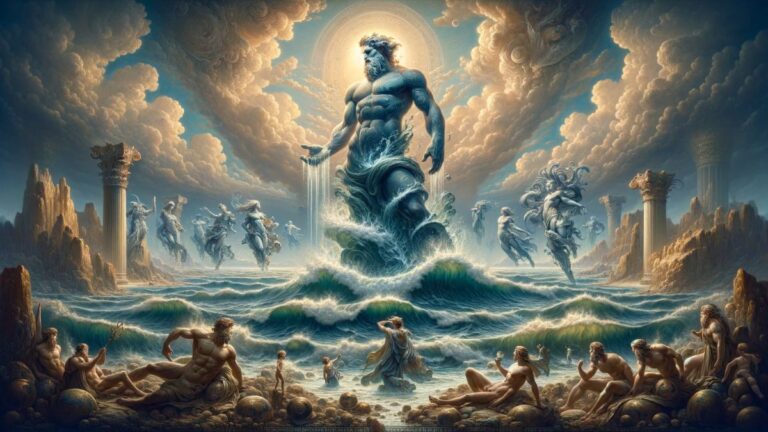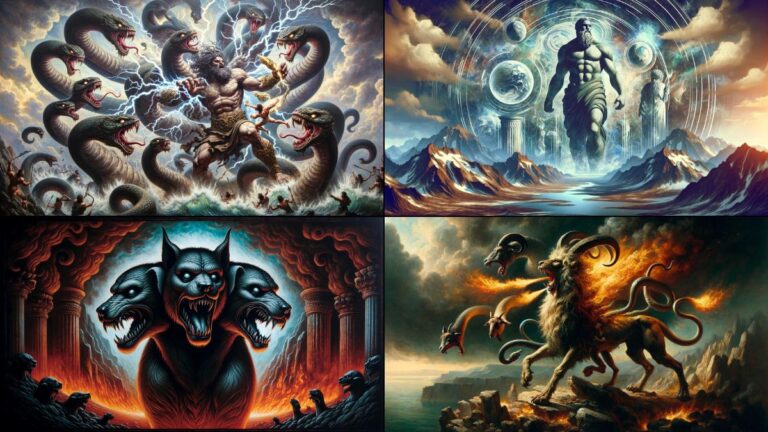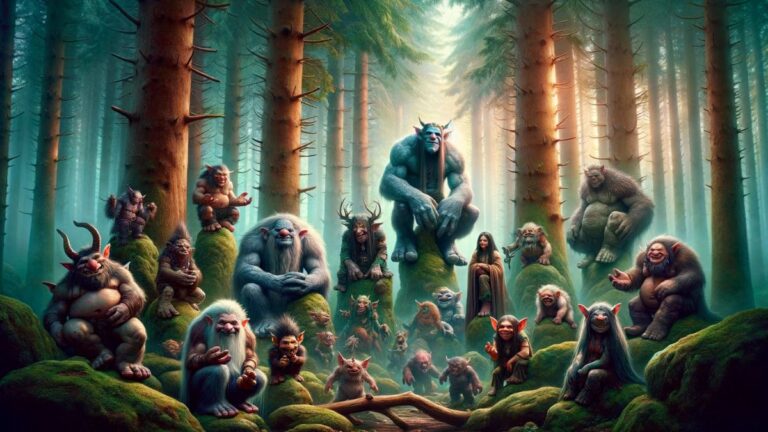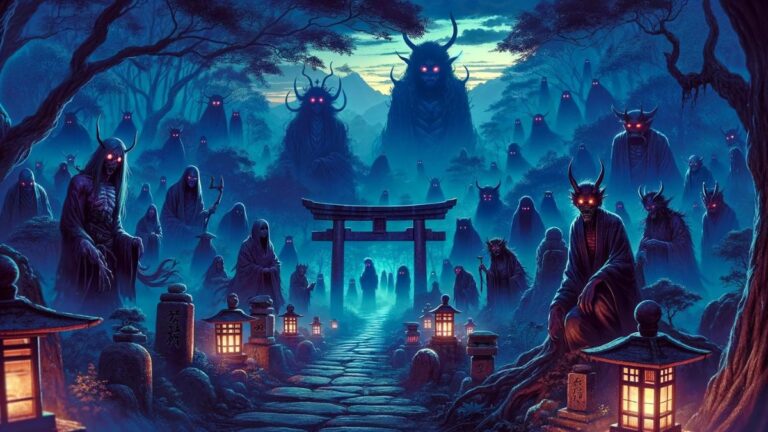50 Astonishing Facts About Ogres: The Untold Stories of These Giant Beings
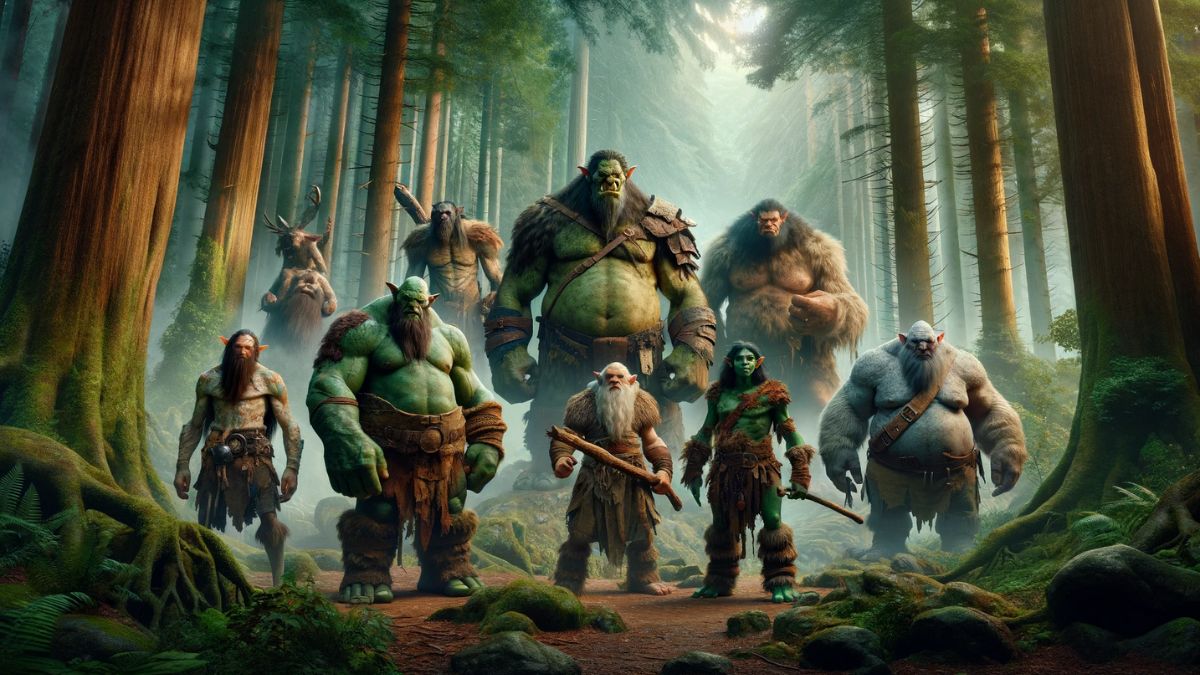
Ogres have always captured our imagination, looming large in fairy tales and folklore. They’re often painted as fearsome giants, but there’s so much more to them than their intimidating size. This article peels back the layers of these mythical creatures, uncovering 50 astonishing facts that shed new light on their world. From their origins in ancient myths to their surprising habits and characteristics, prepare to be amazed by the untold stories of ogres.
1. The Origin of Ogres
Ogres didn’t just appear out of thin air; they have roots in ancient mythology. The word ‘ogre’ is believed to have originated from the Etruscan god Orcus, who was associated with death and the underworld. Over time, this concept evolved, and ogres started popping up in different cultures, each with their own unique twist on the creature.
2. Not Just Big and Scary
While they’re known for their size and strength, ogres are more than just muscle. Many stories describe them as cunning and intelligent, often outsmarting their opponents. This breaks the stereotype of them being just brutish giants.
3. A Taste for the Unusual
Ogres are famous for their peculiar diets. They’re often depicted as cannibals, but did you know they’re also said to enjoy more exotic foods? In some tales, ogres feast on earth and rocks, giving them a truly otherworldly appetite.
4. Ogres in Literature
Ogres have been a staple in literature for centuries. They appear in many classic fairy tales, like ‘Puss in Boots’ and ‘Jack and the Beanstalk’, where they play the fearsome antagonist. These stories have helped shape the ogre’s image in popular culture.
5. Not Just a Western Concept
While ogres are prominent in European folklore, similar creatures exist in other cultures too. For example, in Japanese folklore, there’s the ‘oni’, a kind of ogre-like creature known for its ferocity and magical powers.
6. Ogres and Fashion
Believe it or not, ogres have their own sense of fashion. In many tales, they are described as wearing animal skins or carrying huge clubs. This attire adds to their wild and fearsome image.
7. The Shapeshifting Abilities
Some stories attribute shapeshifting abilities to ogres. This power allows them to blend into human society or trick their prey, adding a layer of deceit and surprise to their character.
8. Ogres in Art
Ogres have been a popular subject in art, depicted in various forms through paintings, sculptures, and even in modern media like movies and video games. Each representation offers a unique perspective on these fascinating creatures.
9. The Solitary Nature
Unlike humans, ogres are often portrayed as solitary beings. They live alone in caves or castles, away from civilization. This isolation adds to their mysterious and ominous aura.
10. The Role in Teaching Morals
In many tales, ogres serve a purpose beyond just being the villain. They often play a role in teaching morals and values. Stories involving ogres are used to caution against greed, pride, and other vices, making them an important tool in storytelling.
11. Ogres and Their Lifespan
It’s fascinating to think about how long ogres live. Folklore doesn’t always make it clear, but some stories suggest they have lifespans much longer than humans. This extended life allows them to accumulate wisdom and knowledge, contradicting the idea that they’re just brutish creatures.
12. The Many Languages of Ogres
Ogres are often thought to have their own languages. In different stories, they’re depicted as communicating in grunts or roars, but some tales suggest they’re capable of speaking human languages, adding to their mystique and intelligence.
13. Ogres and Emotions
Contrary to popular belief, ogres aren’t always angry or menacing. In some stories, they display a range of emotions, including sadness, joy, and even love. This shows a more human side to these mythical beings.
14. The Ogre’s Home
Ogres are typically associated with living in dark, secluded places. Caves, dense forests, and abandoned castles are their usual haunts. These settings add to the eerie and ominous feel of ogre tales.
15. Ogres in Children’s Stories
While ogres can be scary, they also play a big role in children’s stories. They’re often used to add a sense of adventure and challenge to the tales, helping young readers learn about bravery and courage.
16. The Diversity of Ogre Appearances
Ogres don’t have a uniform appearance. Depending on the region and story, their looks can vary greatly. Some are depicted as towering giants, while others are more human-sized. Their skin colors and features can range widely, making each ogre unique.
17. Ogres and Magic
In many tales, ogres are associated with magic. They’re either depicted as being skilled in sorcery or as being susceptible to magical spells. This adds a mystical element to their character.
18. The Ogre’s Strength
Ogres are renowned for their incredible strength. This physical power makes them formidable adversaries in stories, often requiring cleverness or magic to defeat them.
19. Ogres in Popular Media
In recent years, ogres have become popular in movies and TV shows, often depicted in a more sympathetic light. This has helped reshape their image, making them more relatable to modern audiences.
20. Ogres and their Relationship with Other Creatures
Ogres are often shown interacting with other mythical creatures. Their interactions with dragons, witches, and fairies add depth to their stories and place them firmly in the rich tapestry of folklore and fantasy.
21. Ogres and Festivals
In some cultures, ogres play a part in festivals and celebrations. They’re often depicted in costumes and masks, symbolizing various aspects of life and nature. These festivities keep the ogre legends alive in the community.
22. The Role of Ogres in Mythology
Ogres have a significant role in mythology, often representing the darker aspects of human nature. They symbolize challenges and obstacles that heroes must overcome, making them key figures in many mythological tales.
23. Ogres and Environmental Themes
Some ogre stories have underlying environmental themes. These tales depict ogres as guardians of natural spaces, like forests or mountains, and use their stories to convey messages about respecting nature.
24. The Wisdom of Ogres
While they’re often seen as brutish, some stories depict ogres as wise and knowledgeable. These ogres are sought out for their wisdom and advice, showing a different side to these misunderstood creatures.
25. Ogres in Modern Literature
Modern literature has embraced ogres, often reimagining them in new and interesting ways. Contemporary authors use ogres to explore complex themes and ideas, moving beyond the traditional fairy tale interpretations.
26. The Ogre’s Role in Community Stories
In some communities, ogres are part of local legends and stories, often used to explain natural phenomena or historical events. These community tales add a personal touch to the ogre lore.
27. Ogres and Friendship
Contrary to their solitary nature, some ogre stories involve friendships with humans or other creatures. These relationships show a more compassionate and relatable side to ogres.
28. The Changing Perception of Ogres
Over time, the perception of ogres has evolved. Once feared and reviled, they’re now often seen as complex characters with their own stories and motivations.
29. Ogres in Art and Culture
Ogres have influenced art and culture in various ways. Artists and creators draw inspiration from ogre legends, using them to explore different artistic styles and cultural themes.
30. The Future of Ogre Stories
As storytelling evolves, so do the tales of ogres. They continue to captivate audiences, ensuring that these ancient and fascinating creatures will be part of our stories for generations to come.
31. The Vulnerabilities of Ogres
Despite their formidable strength, ogres have weaknesses. In various stories, they are susceptible to cunning, trickery, or specific magical spells. These vulnerabilities add a layer of complexity to ogre tales, showing that they can be overcome with wit and cleverness.
32. The Diet of Ogres
Ogres are known for their unique and often fearsome diet. While many are depicted as carnivores with a taste for human flesh, others are said to eat anything from animals to plants, emphasizing their wild nature.
33. Mating Habits of Ogres
The mating habits of ogres are rarely discussed in folklore, but when they are, they’re portrayed as solitary creatures that come together only to mate. This aspect of their life is shrouded in mystery, adding to their enigmatic presence.
34. The Myth vs. Reality of Ogres
Ogres are mythical creatures and do not exist in reality. Their stories come from folklore and myths, created to explain the unknown and teach moral lessons.
35. Fears and Phobias of Ogres
Even mighty ogres have fears. In some stories, they are afraid of certain magical objects, specific animals, or even human cunning. These fears humanize ogres, making them more relatable.
36. Ogre Language and Communication
Ogres are often depicted as having their own language, a series of grunts and roars. However, some tales also show them speaking human languages, revealing their ability to communicate in more sophisticated ways.
37. The Speed and Agility of Ogres
Despite their size, ogres are not always slow and cumbersome. Many stories depict them as surprisingly fast and agile, capable of catching even the swiftest of prey, which adds to their threat in tales.
38. The God or Patron of Ogres
In mythology, there isn’t a specific god of ogres, but they are often associated with gods of chaos, wilderness, or war in various cultures. These associations reflect their nature and place in the world of myths.
39. Ogres and Their Kin
Ogres are sometimes mentioned alongside other mythical beings like giants, trolls, and goblins. These relations help to position ogres within the larger context of mythical creatures and their diverse characteristics.
40. The Intelligence and Cunning of Ogres
Ogres are not just brawn; they often display a surprising level of intelligence and cunning. In many tales, they are skilled strategists or cle
41. Ogre Family Structures
The family dynamics of ogres are rarely detailed in folklore, but when mentioned, they are portrayed as having complex family structures. Some stories talk about ogre parents and their offspring, highlighting familial relationships that differ greatly from human ones.
42. Ogres in Battle
Ogres are often depicted as powerful warriors in battle. Their immense strength and size make them formidable opponents, and tales of their battles are filled with drama and suspense.
43. The Healing Abilities of Ogres
In some myths, ogres are attributed with remarkable healing abilities, either through magical means or natural resilience. This trait adds another layer to their already intriguing nature.
44. Ogres and the Seasons
Certain tales link ogres to specific seasons or weather patterns. They are sometimes portrayed as more active or powerful during particular times of the year, aligning them with natural cycles.
45. The Emotional Depth of Ogres
Ogres are not always heartless monsters. Some stories show them capable of deep emotions, including love, grief, and remorse, providing a more nuanced portrayal of these mythical beings.
46. Ogres and Riddles
In folklore, ogres are sometimes known to pose riddles or challenges to humans. This aspect of their character showcases their intelligence and adds a playful, yet dangerous, element to their interactions.
47. The Architecture of Ogre Dwellings
The homes of ogres, as depicted in tales, range from simple caves to elaborate castles. These dwellings reflect their personalities and status, and often play a significant role in stories.
48. Ogres and Natural Disasters
Some cultures link ogres to natural disasters like earthquakes and storms, portraying them as agents of destruction. This association ties them to the raw power of nature.
49. The Role of Ogres in Rituals
In certain cultures, ogres are part of rituals and ceremonies, symbolizing various aspects of life, death, and transformation. These rituals keep the stories and lessons of ogres alive in the community.
50. The Evolution of Ogre Tales
As cultures evolve, so do the stories of ogres. They continue to be reinterpreted and adapted, ensuring that these fascinating creatures remain a vibrant part of our collective imagination and storytelling traditions.


